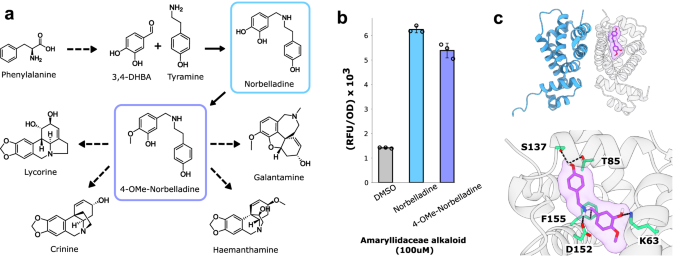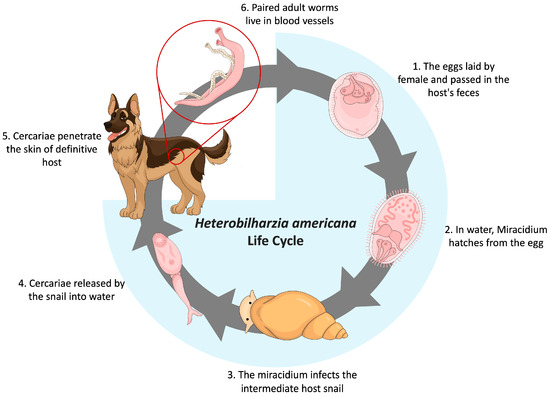2024-03-14 テキサス大学オースチン校(UT Austin)
<関連情報>
- https://cns.utexas.edu/news/research/alzheimers-drug-fermented-help-ai-and-bacteria-moves-closer-reality
- https://www.nature.com/articles/s41467-024-46356-y
バイオセンサーと機械学習を援用したアマリリス科酵素のエンジニアリング Biosensor and machine learning-aided engineering of an amaryllidaceae enzyme
Simon d’Oelsnitz,Daniel J. Diaz,Wantae Kim,Daniel J. Acosta,Tyler L. Dangerfield,Mason W. Schechter,Matthew B. Minus,James R. Howard,Hannah Do,James M. Loy,Hal S. Alper,Y. Jessie Zhang & Andrew D. Ellington
Nature Communications Published:07 March 2024
DOI:https://doi.org/10.1038/s41467-024-46356-y

Abstract
A major challenge to achieving industry-scale biomanufacturing of therapeutic alkaloids is the slow process of biocatalyst engineering. Amaryllidaceae alkaloids, such as the Alzheimer’s medication galantamine, are complex plant secondary metabolites with recognized therapeutic value. Due to their difficult synthesis they are regularly sourced by extraction and purification from the low-yielding daffodil Narcissus pseudonarcissus. Here, we propose an efficient biosensor-machine learning technology stack for biocatalyst development, which we apply to engineer an Amaryllidaceae enzyme in Escherichia coli. Directed evolution is used to develop a highly sensitive (EC50 = 20 μM) and specific biosensor for the key Amaryllidaceae alkaloid branchpoint 4’-O-methylnorbelladine. A structure-based residual neural network (MutComputeX) is subsequently developed and used to generate activity-enriched variants of a plant methyltransferase, which are rapidly screened with the biosensor. Functional enzyme variants are identified that yield a 60% improvement in product titer, 2-fold higher catalytic activity, and 3-fold lower off-product regioisomer formation. A solved crystal structure elucidates the mechanism behind key beneficial mutations.


